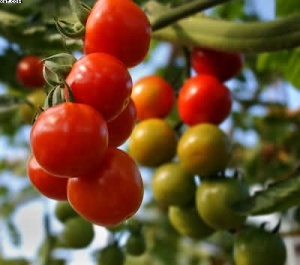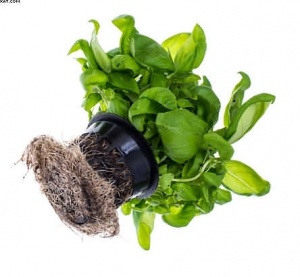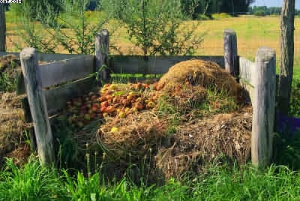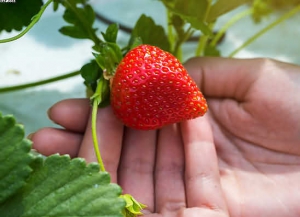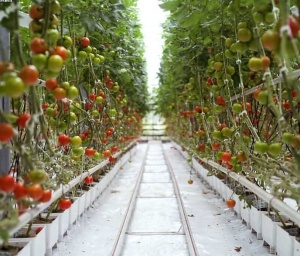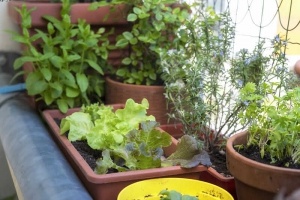Hydroponics
The art of growing without soil.
Welcome to our blog where you will find all the news and information on Hydroponic products. systems and the world of Hydroponics in general. We hope you find it both interesting and informative.

The art of growing without soil.
Welcome to our blog where you will find all the news and information on Hydroponic products. systems and the world of Hydroponics in general. We hope you find it both interesting and informative.

The art of growing without soil.
Welcome to our blog where you will find all the news and information on Hydroponic products. systems and the world of Hydroponics in general. We hope you find it both interesting and informative.
